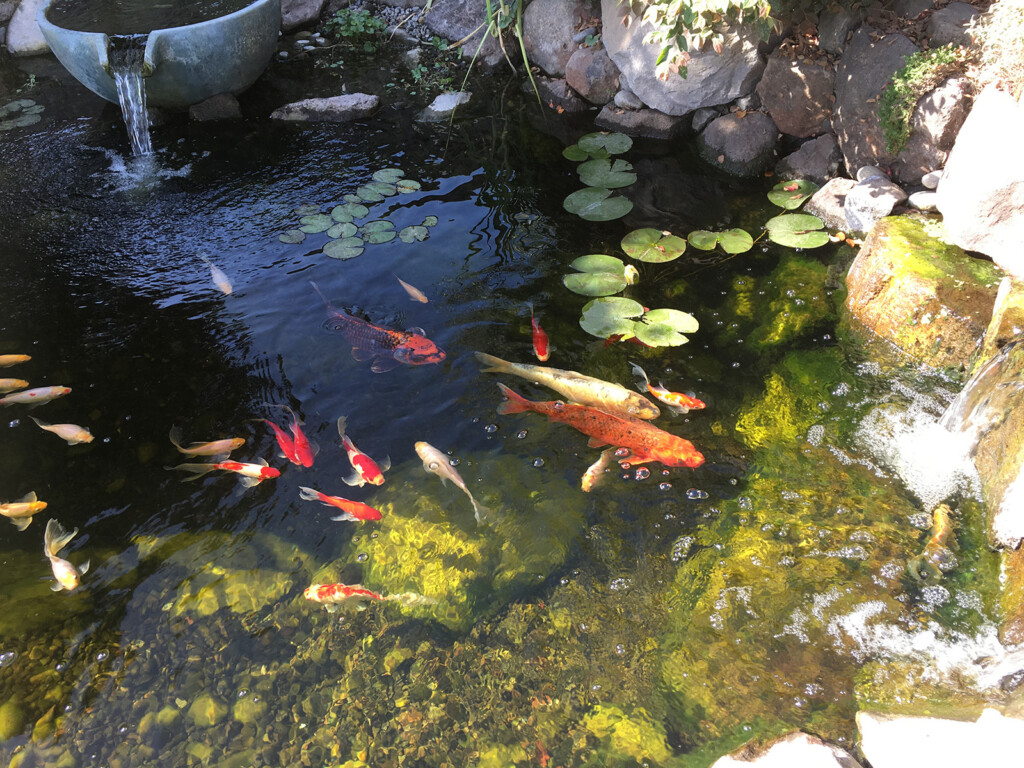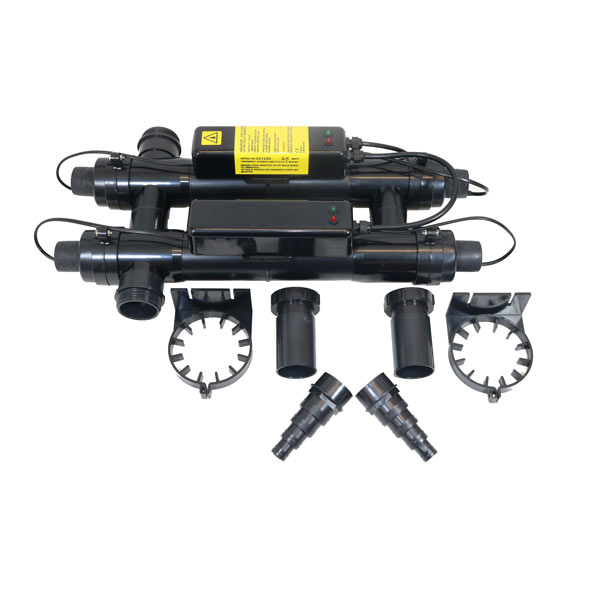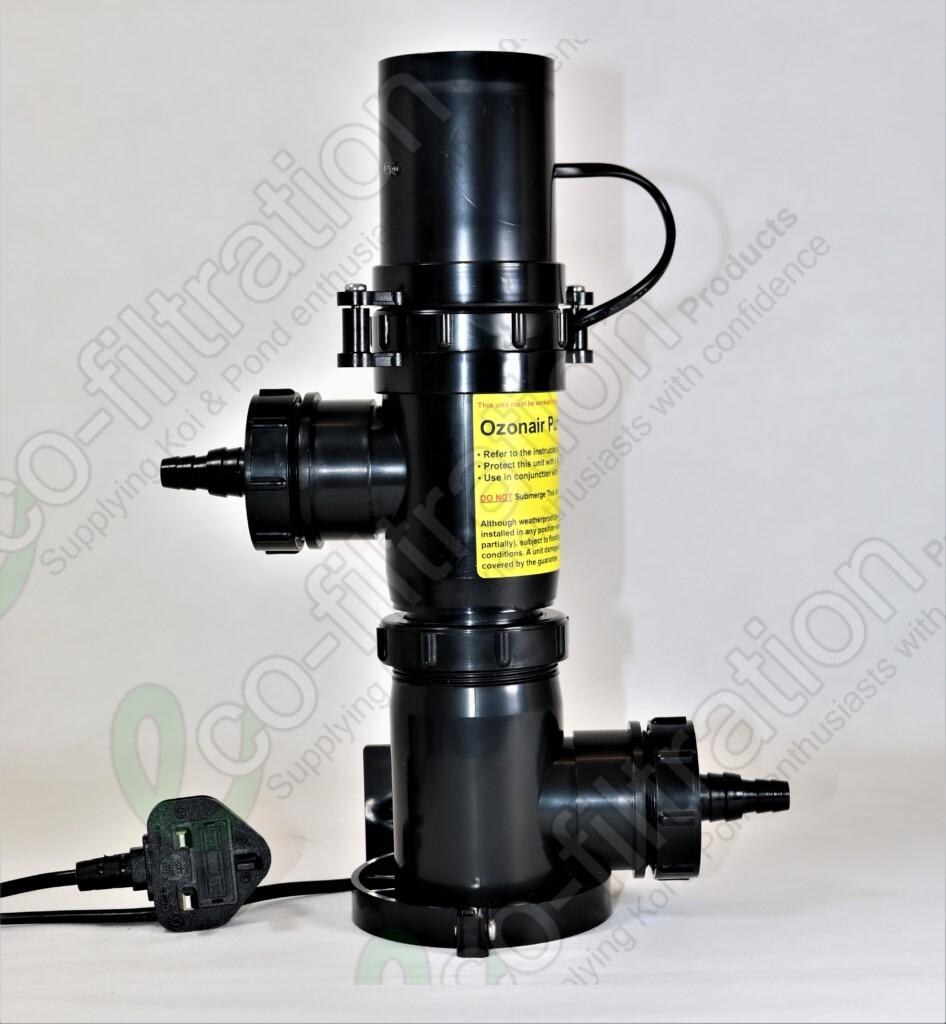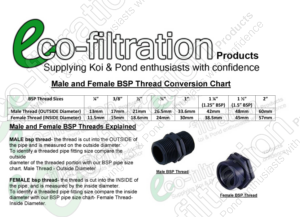Role of Lactic Acid Bacteria & Benefits
Role of Lactic Acid Bacteria – Lactic acid bacteria (LAB)
Free UK Delivery on All Orders Over £49
Free when you spend over £49
99% of Products Manufactured In the UK
Email: enquiries@eco-filtration.co.uk
With the current financial climate, everyone is feeling the penny pinch and looking for ways to cut back on energy bills. With electricity prices still on the rise, there are several things we can do as pond enthusiasts to cut back and keep down the price.
Firstly there is no compromise for water quality, this article will look at a few basic key steps that can be taken to combat the energy used but not substitute any form of water health
We can look at pumps, for the first step to saving a few pounds, I personally recommend a DC Pump.

The benefits of DC water pump
DC water pump has become more and more popular over the years due to their unique advantages. Maybe in some cases, AC pumps are a smart choice if you are only in temporary use. But most of the time, AC pumps have many fatal flaws. I will tell you the benefits of the DC water pump from the following four aspects.
1. Safety
If your application has safety requirements, the DC water pump has a unique advantage. Such as indoor fountains, desktop crafts, even the aquarium tank, and many types of devices. We will never hope to be hurt by electric shock.
2. Flexible for Installation
You don’t have to use the electrical grid as the power supply for the DC water pump. It could use the existing power source on your device. This makes the pump installation very flexible, and the equipment manufacturer can install the pump wherever they want to fit in their machine.
3. High-efficiency & Energy Saving
It is a fact that DC pumps are more expensive than AC pumps. But its also much more efficient. If we focus on the system’s energy usage, when we use the pump for more than 4 hours a day, the DC water pump can save you about one or two pumps a year.
DC Water Pump vs AC Water Pump
AC water pump uses 50Hz/60Hz low-frequency AC power directly from the national grid, so its RPM is slow. The size and power consumption of the AC water pump with the same head are 5~10 times that of the DC water pump. The advantages are that there are many manufacturers and the price is cheap. The disadvantages are low efficiency, no energy saving, inability to adjust flow rate, etc.
DC water pump uses flexible power suppliers as mentioned above. It has many advantages, including safety, ease of installation, high efficiency & energy saving, long lifespan, and quieter. In addition, the DC water pump has another significant advantage: it can provide ample torque and pressure based on its high RPM. As a result, the DC water pump can provide a much higher max head than the AC water pump of the same size. And generally, the max head of a pump is more important than its max flow rate.
4. Long Lifespan
The AC water pump often uses copper-clad aluminum coils to achieve a competitive advantage at a low price. The DC water pump typically uses pure copper coils and more advanced motor technology to guarantee a long lifespan.
In a nutshell, DC pumps are 5-10 times more efficient to run than AC pumps, despite costing more to purchase they will save you big in the long run.

Secondly Ultra Violet Water Clarifiers, a UV is one of the juiciest bits of equipment in a pond setup, and rightly so, again there is no substitute for a UV, however, there are ways to cut back on running costs of the large units.
Personally, I have also been a fan of running two smaller Ultra Violet Units as opposed to a single larger unit, this has several advantages, and firstly I have the ability to turn a unit off in the colder months when I feel it isn’t necessary to run them both. Cutting the energy bills back by half. As an example, you can run a twin 25 watt unit as opposed to one 55 watt unit. The Aqua Sure Twin 25 Watt unit has a separate power supply lead to each 25 Watt electrics. Another advantage that really comes in handy is if one unit was to “go down” you also have a backup running while the other is repaired/replaced.
Thirdly and a personal favorite of mine, over recent years the Ozonair Unit is making a name for itself on the koi and fish pond market, and rightly so. This little unit really is the bee’s knees, consuming a tiny 8 Watts of power but really packing a punch when it comes to doing its job and can outweigh even the big guns in the UV world.
Firstly as previously mention this unit only consumes a maximum of 8 watts of power, which is minuscule compared to Pumps, UVs, heaters, or any appliance we have in our pond setups. the Ozone unit is recommended to only be run for a few hours a day (3 hours on -1 hour off) this can be achieved by a timer clock, meaning this unit will not consume power 24/7, when the unit isn’t on it can’t consume power… saving money on energy costs. You might be thinking well if the unit isn’t on it won’t be working or benefiting my pond? That’s far from the truth (Please refer to our other article explaining how ozone works)

Due to how effective the Ozonair Unit is, the UV size that you use can be stripped back, for example, I was running 55 watt unit on a 25,000-liter pond, so after adding the Ozone unit with an Aqua-Jet aerator I ditched the 55 watt unit and swapped it for a 25 watt unit and from my own findings the water quality is still exceptional. Again adding the Ozonair unit and dropping my UV size down I have saved myself a few extra quid.

Everything I have mentioned above is a few ideas to help combat the main causes of power consumption in our beloved pond setups.
I hope this has helped a few of you because I know myself applying the above will and has saved me a few extra pounds over the years and certainly will in the future
Role of Lactic Acid Bacteria – Lactic acid bacteria (LAB)
Below is a short article explaining the benefits of clay

How to Measure Your BSP Fittings When it comes to